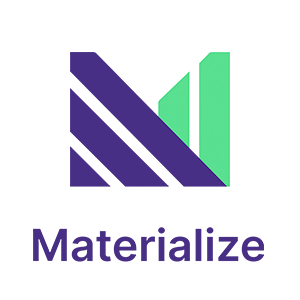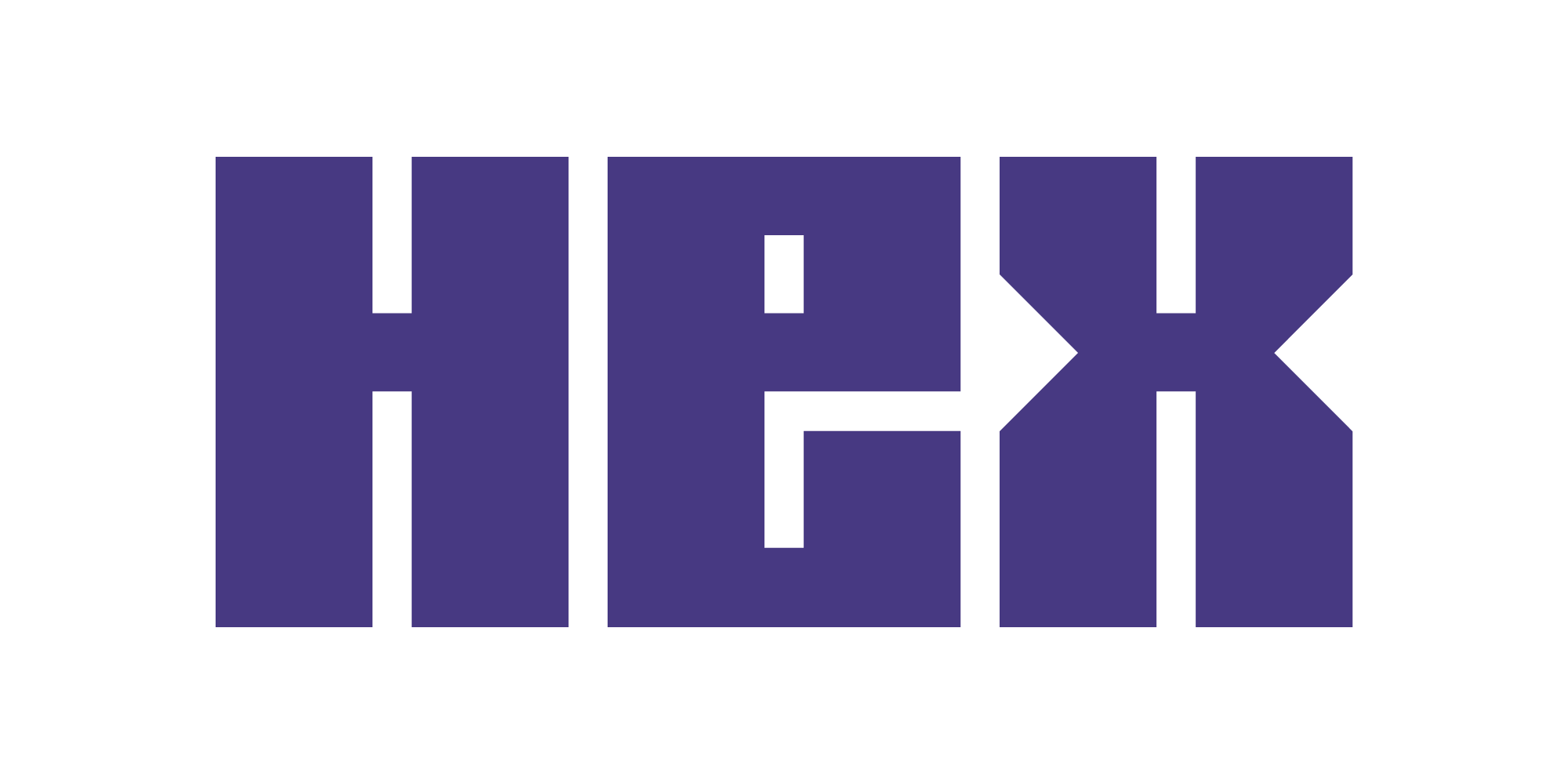
 Data Engineering Podcast
Data Engineering Podcast Building Linked Data Products With JSON-LD
In this podcast, Brian Platz discusses the concept and implications of linked data, the benefits of using JSON-LD for building semantic data products, the challenges faced in building linked data products, and the need for improved data management tools.
01:01:31
Linked Data Products
- Linked data products prioritize data over apps, enabling a shift towards data-centricity.
- This approach facilitates the integration of machine learning and AI by using graph data and W3C standards.
Knowledge Graphs and Linked Data Products
- Knowledge graphs and linked data products are largely synonymous, both utilizing graph databases and linked data.
- JSON-LD offers an accessible entry point for those familiar with JSON but less so with RDF or graph concepts.
JSON-LD in Practice
- JSON-LD is used by Google and Microsoft on webpages, enabling machines to understand content, facilitating interoperability.
- Social media platforms utilize JSON-LD for descriptive previews, showing how machines consume linked data without prior collaboration.
Get the Snipd Podcast app to discover more snips from this episode
Get the app 1 chevron_right 2 chevron_right 3 chevron_right 4 chevron_right 5 chevron_right 6 chevron_right 7 chevron_right
Introduction
00:00 • 3min
The Concept of Linked Data and its Implications
02:50 • 17min
Hex for Data Impact and Necessity of Graph Native Database
20:07 • 3min
Semantic Layer and Data Modeling
23:31 • 23min
Exploring Linked Data Workflows and the Power of JSON-LD
46:36 • 4min
Challenges in Building Linked Data Products
50:42 • 9min
Exploring aspects of linked data products and discussing the biggest gap in data management tools
59:32 • 3min
Summary
A significant amount of time in data engineering is dedicated to building connections and semantic meaning around pieces of information. Linked data technologies provide a means of tightly coupling metadata with raw information. In this episode Brian Platz explains how JSON-LD can be used as a shared representation of linked data for building semantic data products.
Announcements
- Hello and welcome to the Data Engineering Podcast, the show about modern data management
- This episode is brought to you by Datafold – a testing automation platform for data engineers that finds data quality issues before the code and data are deployed to production. Datafold leverages data-diffing to compare production and development environments and column-level lineage to show you the exact impact of every code change on data, metrics, and BI tools, keeping your team productive and stakeholders happy. Datafold integrates with dbt, the modern data stack, and seamlessly plugs in your data CI for team-wide and automated testing. If you are migrating to a modern data stack, Datafold can also help you automate data and code validation to speed up the migration. Learn more about Datafold by visiting dataengineeringpodcast.com/datafold
- Introducing RudderStack Profiles. RudderStack Profiles takes the SaaS guesswork and SQL grunt work out of building complete customer profiles so you can quickly ship actionable, enriched data to every downstream team. You specify the customer traits, then Profiles runs the joins and computations for you to create complete customer profiles. Get all of the details and try the new product today at dataengineeringpodcast.com/rudderstack
- You shouldn't have to throw away the database to build with fast-changing data. You should be able to keep the familiarity of SQL and the proven architecture of cloud warehouses, but swap the decades-old batch computation model for an efficient incremental engine to get complex queries that are always up-to-date. With Materialize, you can! It’s the only true SQL streaming database built from the ground up to meet the needs of modern data products. Whether it’s real-time dashboarding and analytics, personalization and segmentation or automation and alerting, Materialize gives you the ability to work with fresh, correct, and scalable results — all in a familiar SQL interface. Go to dataengineeringpodcast.com/materialize today to get 2 weeks free!
- If you’re a data person, you probably have to jump between different tools to run queries, build visualizations, write Python, and send around a lot of spreadsheets and CSV files. Hex brings everything together. Its powerful notebook UI lets you analyze data in SQL, Python, or no-code, in any combination, and work together with live multiplayer and version control. And now, Hex’s magical AI tools can generate queries and code, create visualizations, and even kickstart a whole analysis for you – all from natural language prompts. It’s like having an analytics co-pilot built right into where you’re already doing your work. Then, when you’re ready to share, you can use Hex’s drag-and-drop app builder to configure beautiful reports or dashboards that anyone can use. Join the hundreds of data teams like Notion, AllTrails, Loom, Mixpanel and Algolia using Hex every day to make their work more impactful. Sign up today at dataengineeringpodcast.com/hex to get a 30-day free trial of the Hex Team plan!
- Your host is Tobias Macey and today I'm interviewing Brian Platz about using JSON-LD for building linked-data products
Interview
- Introduction
- How did you get involved in the area of data management?
- Can you describe what the term "linked data product" means and some examples of when you might build one?
- What is the overlap between knowledge graphs and "linked data products"?
- What is JSON-LD?
- What are the domains in which it is typically used?
- How does it assist in developing linked data products?
- what are the characteristics that distinguish a knowledge graph from
- What are the layers/stages of applications and data that can/should incorporate JSON-LD as the representation for records and events?
- What is the level of native support/compatibiliity that you see for JSON-LD in data systems?
- What are the modeling exercises that are necessary to ensure useful and appropriate linkages of different records within and between products and organizations?
- Can you describe the workflow for building autonomous linkages across data assets that are modelled as JSON-LD?
- What are the most interesting, innovative, or unexpected ways that you have seen JSON-LD used for data workflows?
- What are the most interesting, unexpected, or challenging lessons that you have learned while working on linked data products?
- When is JSON-LD the wrong choice?
- What are the future directions that you would like to see for JSON-LD and linked data in the data ecosystem?
Contact Info
Parting Question
- From your perspective, what is the biggest gap in the tooling or technology for data management today?
Closing Announcements
- Thank you for listening! Don't forget to check out our other shows. Podcast.__init__ covers the Python language, its community, and the innovative ways it is being used. The Machine Learning Podcast helps you go from idea to production with machine learning.
- Visit the site to subscribe to the show, sign up for the mailing list, and read the show notes.
- If you've learned something or tried out a project from the show then tell us about it! Email hosts@dataengineeringpodcast.com) with your story.
- To help other people find the show please leave a review on Apple Podcasts and tell your friends and co-workers
Links
- Fluree
- JSON-LD
- Knowledge Graph
- Adjacency List
- RDF == Resource Description Framework
- Semantic Web
- Open Graph
- Schema.org
- RDF Triple
- IDMP == Identification of Medicinal Products
- FIBO == Financial Industry Business Ontology
- OWL Standard
- NP-Hard
- Forward-Chaining Rules
- SHACL == Shapes Constraint Language)
- Zero Knowledge Cryptography
- Turtle Serialization
The intro and outro music is from The Hug by The Freak Fandango Orchestra / CC BY-SA
Sponsored By:
- Materialize:  You shouldn't have to throw away the database to build with fast-changing data. Keep the familiar SQL, keep the proven architecture of cloud warehouses, but swap the decades-old batch computation model for an efficient incremental engine to get complex queries that are always up-to-date. That is Materialize, the only true SQL streaming database built from the ground up to meet the needs of modern data products: Fresh, Correct, Scalable — all in a familiar SQL UI. Built on Timely Dataflow and Differential Dataflow, open source frameworks created by cofounder Frank McSherry at Microsoft Research, Materialize is trusted by data and engineering teams at Ramp, Pluralsight, Onward and more to build real-time data products without the cost, complexity, and development time of stream processing. Go to [materialize.com](https://materialize.com/register/?utm_source=depodcast&utm_medium=paid&utm_campaign=early-access) today and get 2 weeks free!
- Hex:  Hex is a collaborative workspace for data science and analytics. A single place for teams to explore, transform, and visualize data into beautiful interactive reports. Use SQL, Python, R, no-code and AI to find and share insights across your organization. Empower everyone in an organization to make an impact with data. Sign up today at dataengineeringpodcast.com/hex to get a 30-day free trial of the Hex Team plan!
- Rudderstack:  Introducing RudderStack Profiles. RudderStack Profiles takes the SaaS guesswork and SQL grunt work out of building complete customer profiles so you can quickly ship actionable, enriched data to every downstream team. You specify the customer traits, then Profiles runs the joins and computations for you to create complete customer profiles. Get all of the details and try the new product today at [dataengineeringpodcast.com/rudderstack](https://www.dataengineeringpodcast.com/rudderstack)
- Datafold:  This episode is brought to you by Datafold – a testing automation platform for data engineers that finds data quality issues before the code and data are deployed to production. Datafold leverages data-diffing to compare production and development environments and column-level lineage to show you the exact impact of every code change on data, metrics, and BI tools, keeping your team productive and stakeholders happy. Datafold integrates with dbt, the modern data stack, and seamlessly plugs in your data CI for team-wide and automated testing. If you are migrating to a modern data stack, Datafold can also help you automate data and code validation to speed up the migration. Learn more about Datafold by visiting [dataengineeringpodcast.com/datafold](https://www.dataengineeringpodcast.com/datafold) today!
